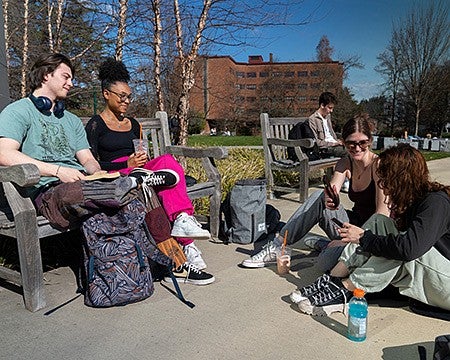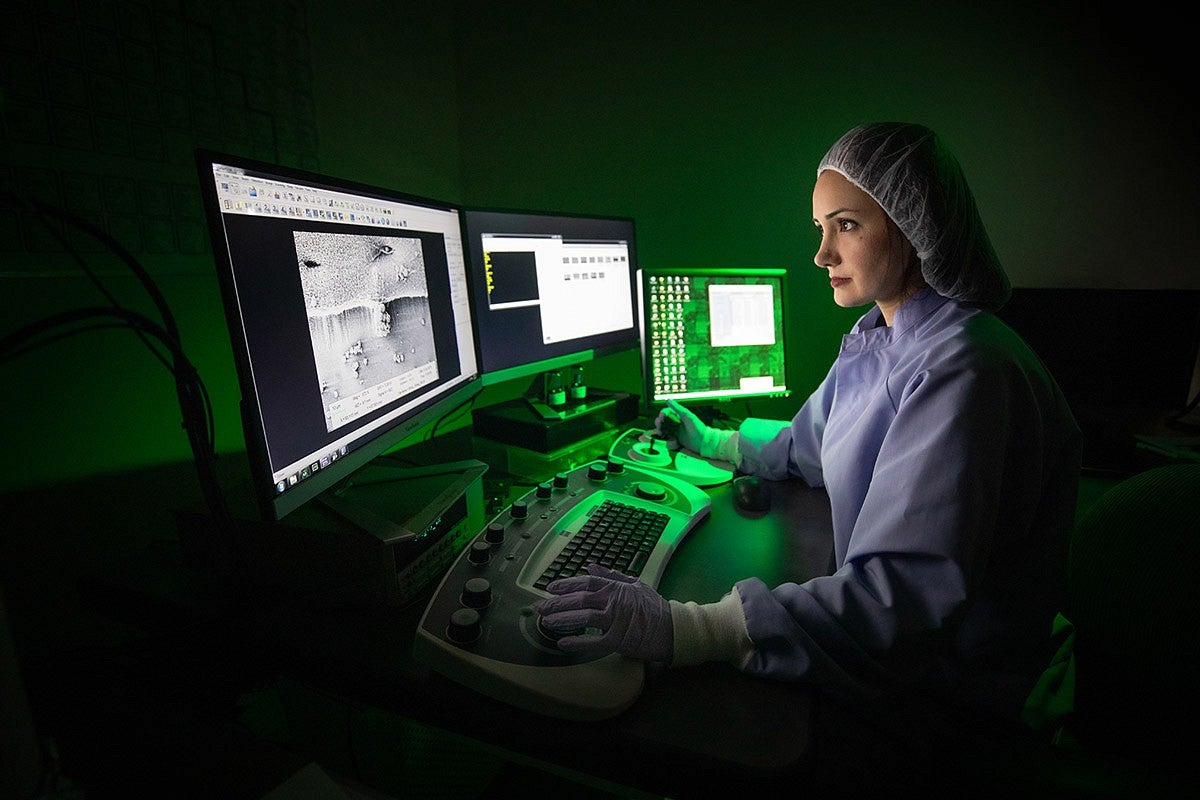Photography is key to conveying the University of Oregon brand. Rooted in authenticity and a sense of place, we don't just tell the university's story, we show it, through imagery that illustrates the vibrancy and diversity of the UO community. The images that represent the UO artfully and honestly capture our world-class academic experience, the incredible sense of place, and the rich feeling of belonging within the UO community.
Photography Themes




Our Photography Philosophy
Elevate everyday moments with uncommon angles, vibrant colors, and dynamic subjects. Keep it focused and clutter-free to quickly convey your message through imagery that captivates and corresponds with our brand attributes. Selecting imagery that aligns with the concepts below will ensure alignment with the visual identity of the UO brand.
Photo Editing Guidelines
Advancing technology makes it easier to remove, add, or move elements in a photograph but changing content, even slightly, conflicts with the UO’s commitment to authenticity and jeopardizes the trust of our audience.
University Communications policy related to the creation and use of photographs states/dictates that:
- Alteration of a photograph that misleads, confuses, or otherwise misrepresents the image is strictly prohibited.
- Enhancing the technical quality of a photograph is acceptable, but changing the meaning is not.
Acceptable
- Electronic equivalents of established practices for traditional darkroom printing methods such as dodging, burning, toning, and cropping, provided the content and meaning aren’t changed.
- Color and tonal correction to ensure accurate reproduction of the original photograph.
- Technical touch-up of images for the purpose of color-balancing or removal of flaws (such as dust spots, scratches, digital noise, artifacts, etc.) to achieve better reproduction.
- Routine cropping is permissible but creative cropping, which can change the viewer’s perception, is not.
- When cropping, keep the modified version true to the intent of the original photo.
Unacceptable
- Content alteration of any kind, including moving, adding, deleting, combining, stretching, flipping, shrinking, etc.
- Alterations of someones physical identity is not allowed.
- Use of images in which a caption is necessary to explain the content isn’t real (with the exception of photo illustrations).
- Digitally manipulating an image to create a scene misrepresented as a “found” moment.
Note: Contact uobrand@uoregon.edu if you have a question about ethical use.
As artificial intelligence develops in the discipline of visual storytelling, additional consideration will be given to its use. Consult University Communications AI guidelines.








